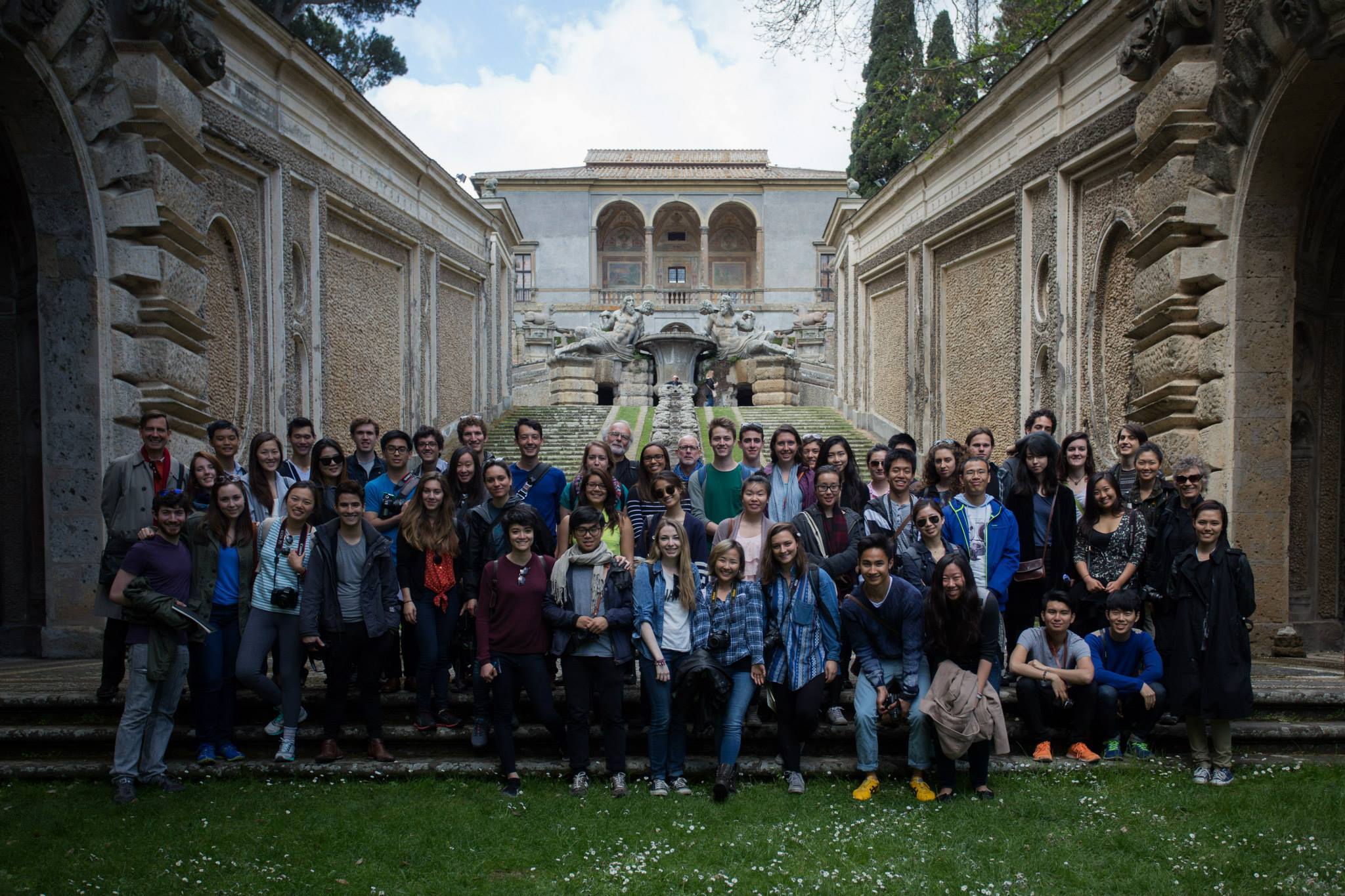
In the waning twilight hours, I hastily packed my bags and cleaned my room. As I left the apartment, a thin layer of charcoal still blanketed the floor, remnants from finishing some final drawings the night before. At half past five, I dragged three full suitcases along Via Trastevere—past the now-notorious Porta Portese studio site, the Conad grocery store, and Istanbul Kebab—and met some friends at the taxi stand. A layover in London, a flyover of downtown Chicago, and some twelve hours later, I had left the ancient Roman arches for the Gateway Arch. All of a sudden I was home, and my adventure in Rome—and Europe—has come to an end.
My last couple weeks in Rome were a feverish blur. Metaphorically, I worked “feverishly” to finish my studio project for review. Literally, though, I actually spent a feverish night at the Roma Emergency Room for stomach infection, probably an unfortunate side effect from the former and some bad fish. Despite all this, I still had fun here and there. A “last hurrah” field trip to Caprarola and Bomarzo; one awesome night of clubbing with the Smolyn gang; an all-nighter adventure at the Pamphili Palace; a lazy afternoon nap on Tiber Island; and a metric ton of curry and gelato for dinner on my last night. Honestly, I won’t remember much of the stomach fever or the studio fevers—just all the good times in between.

Which reminds me: these past four-and-a-half months have been all about the adventures I had—and lessons learned—outside studio. Looking back, studio gave me a Roman perspective on architecture, as well as some valuable lessons in urban mapping. But everything else was what made it real, and what made architecture real. There is the unbelievable gravity of history—and two millennia of architecture—on the ridge overlooking Herculaneum. Then there are the ghosts and monsters of the Renaissance, lurking in the arcades of Palazzo Massimo and the grounds of Bomarzo. There is the frigid expanse of the Venetian lagoon, beyond the Doge’s Palace and the settlements of Giudecca. And finally there are the views of Rome—from the Janiculum, the Aventine Hill, the Castel Sant’Angelo, the Vittoriano, and the top floor of Dandolo 12—that reminds you, architecture can be a glorious symphony of the human imagination.

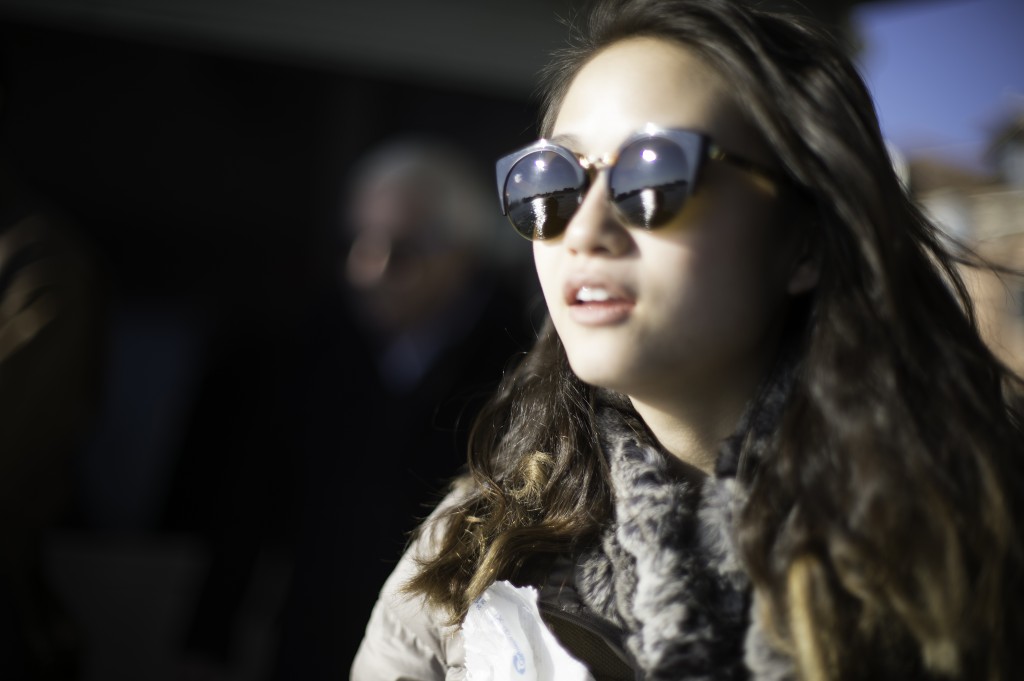
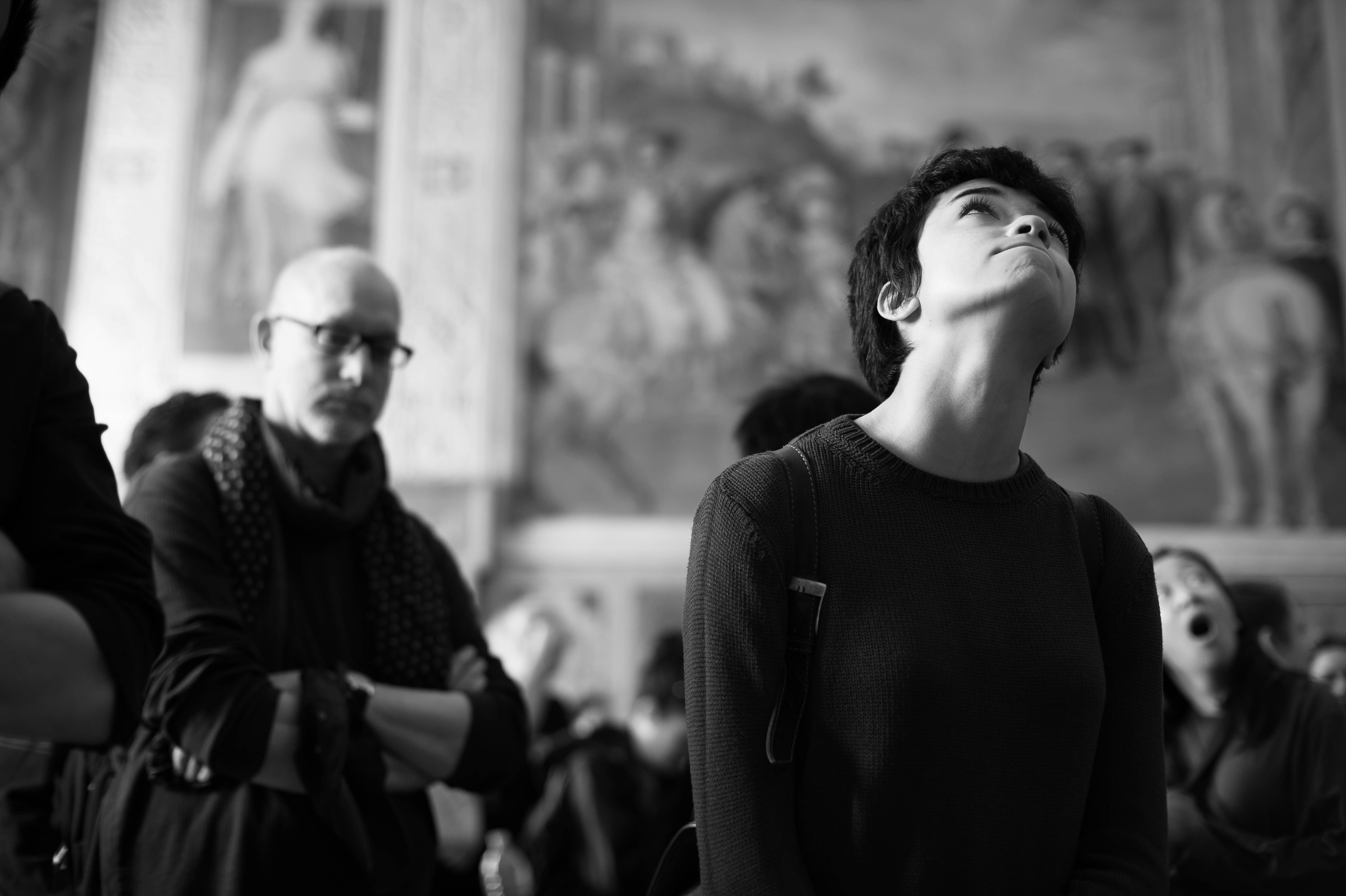
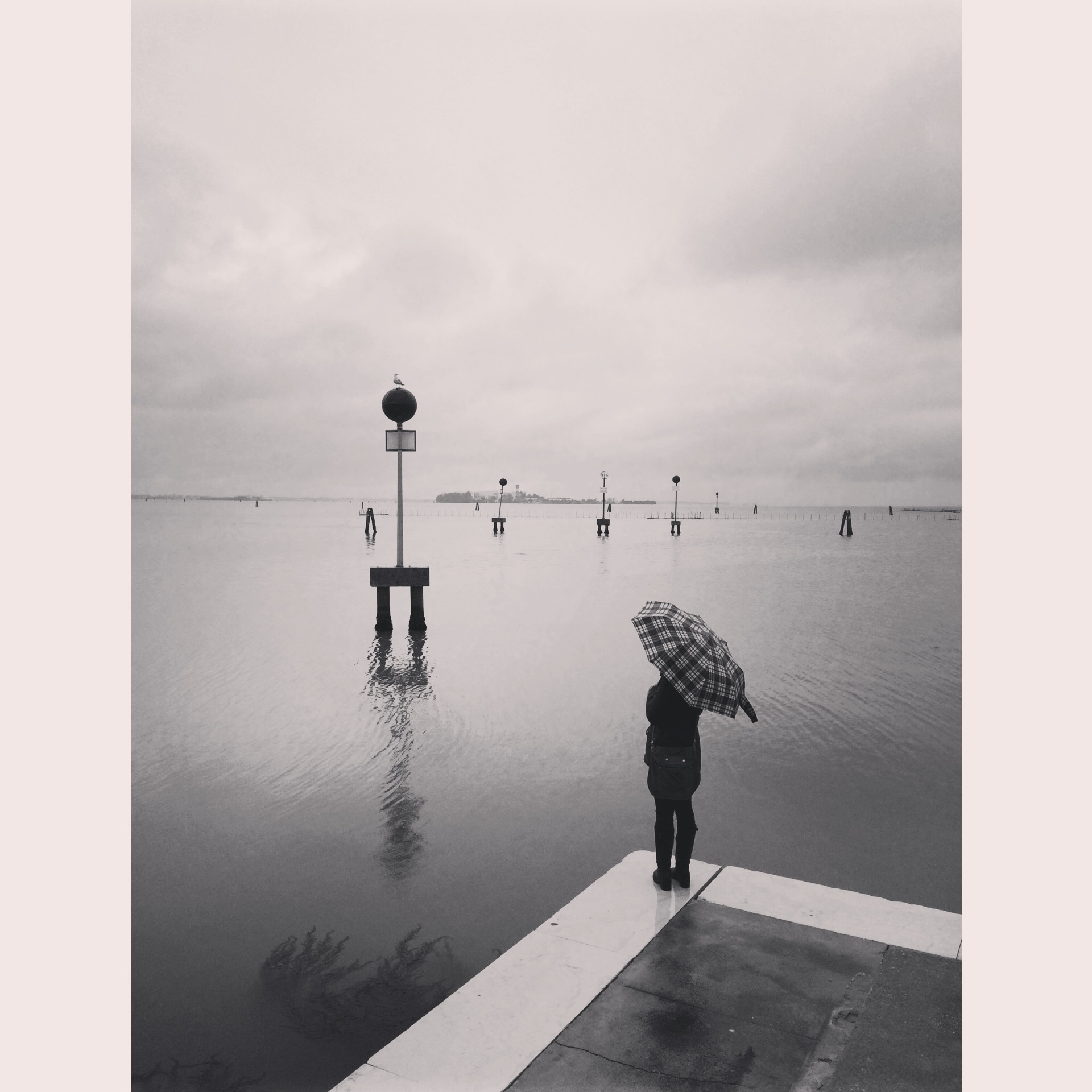
“Stepping outside” was one of many lessons of the semester. Another, and more important one, was “make a choice.” For my studio review, critics complained that I attempted to develop five projects at the same time, when instead I should just follow through with one idea. This valuable studio suggestion also applies to life; picking between chocolate and vanilla gelato, deciding to visit Denmark, or choosing a summer work opportunity should never be an excruciating, life-and-death choice. When it comes down to it, I should always choose an option, go with it, live it up, and have no regrets.
There is life, then there is drawing. Like neoclassical architects rediscovering all-antica in Italy, I rediscovered sketching during my stay in Rome. Since attending Cornell three years ago, my sketchbook had taken an extended hiatus; I gave up recordings of daily life for abstract plans and sections. On that first visit to Herculaneum, however, I felt inspired again. Perhaps it was the layering the of ruins, or the Miyazaki-esque cerulean sky. Maybe it was Jan Gadeyne’s inspiring narrations, or the memory of Piranesi’s breathtaking etchings. Probably, though, inspiration came from experiencing a little bit of everything, and I am confident the rest of classmates were inspired as well.


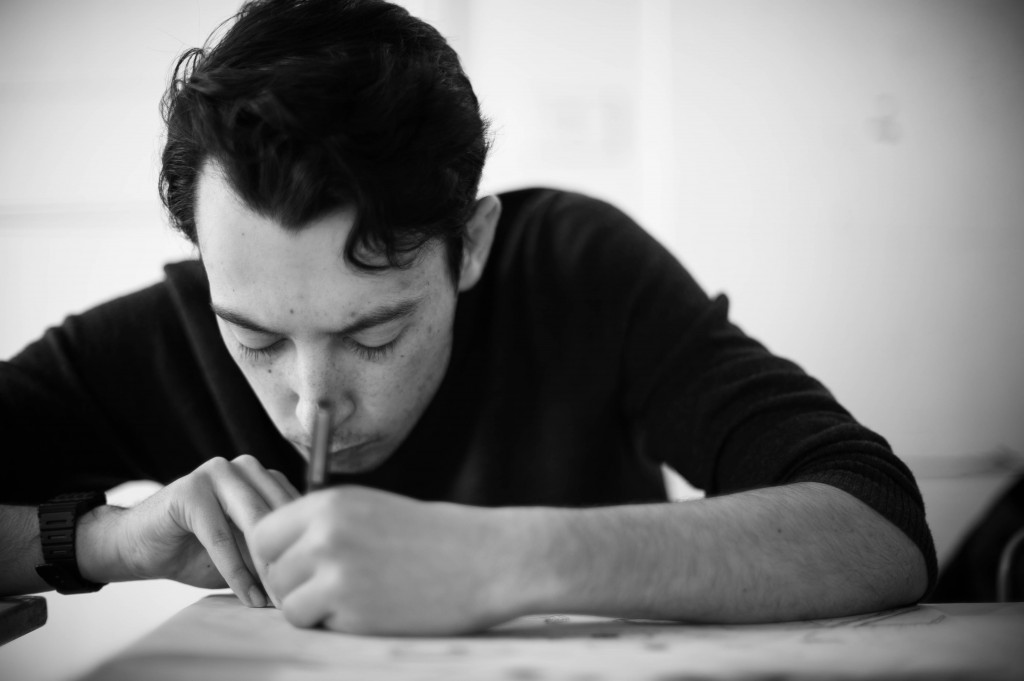
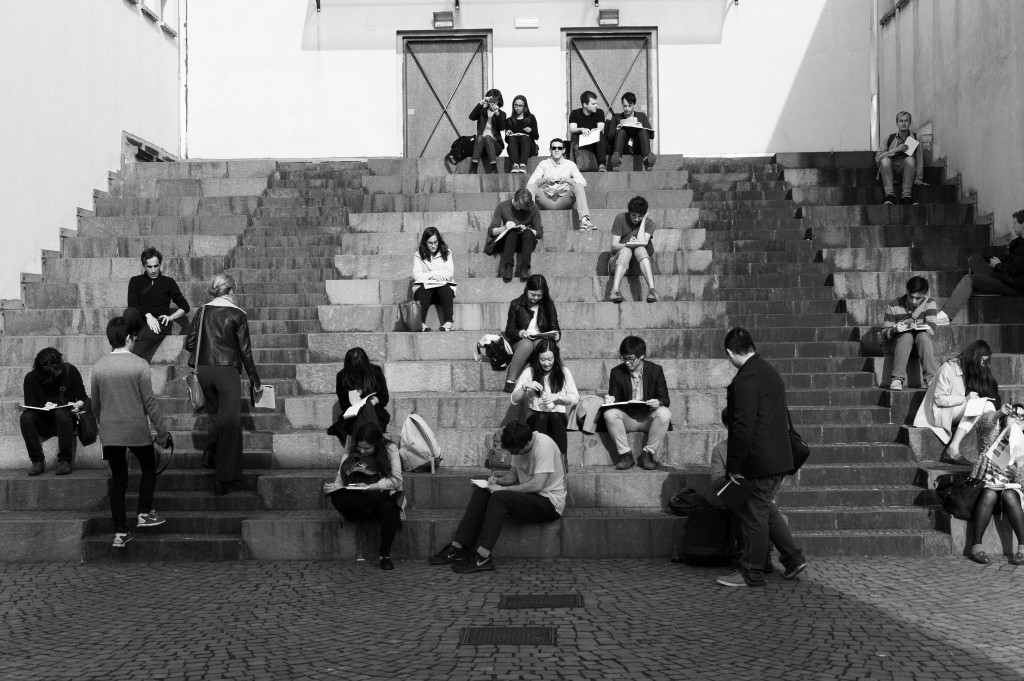
Yes, there were a lot of places and sights I missed: I never went to Spain, and I gave up a visit to Paris for a trip to London. But I am not upset. This was Cornell in Rome, after all; I would never exchange a night of cooking fancy dinners with my apartment mates, or a midnight stroll through the streets of Trastevere, for another experience. Now, I have more excuses to return to Europe.
One thing I will miss? Spending time with the most talented group of people I know. Especially during the pasta nights.
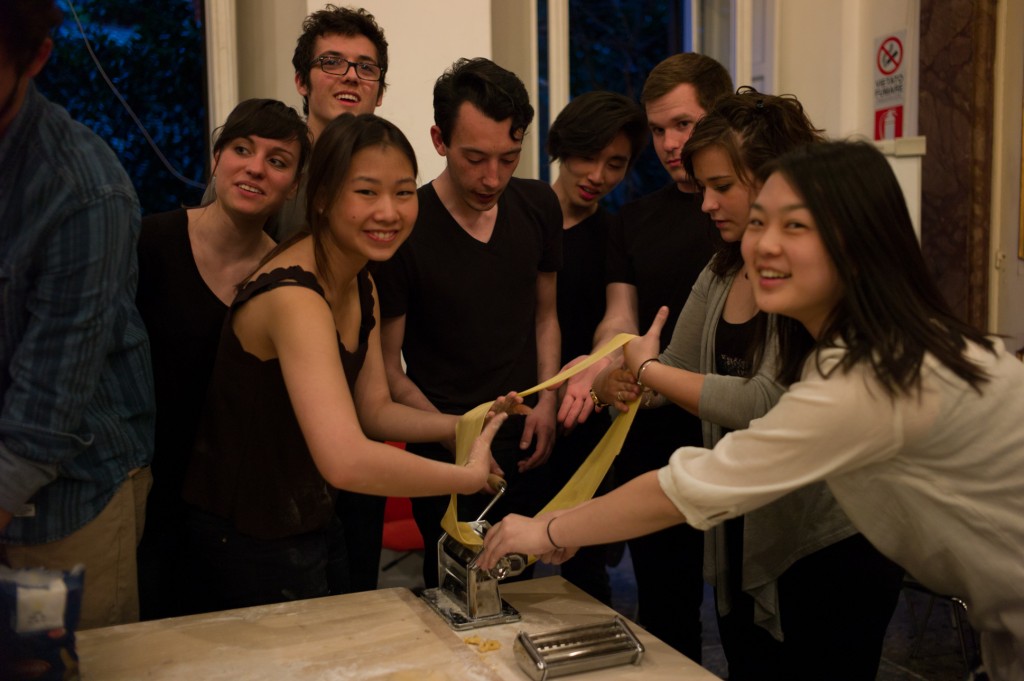
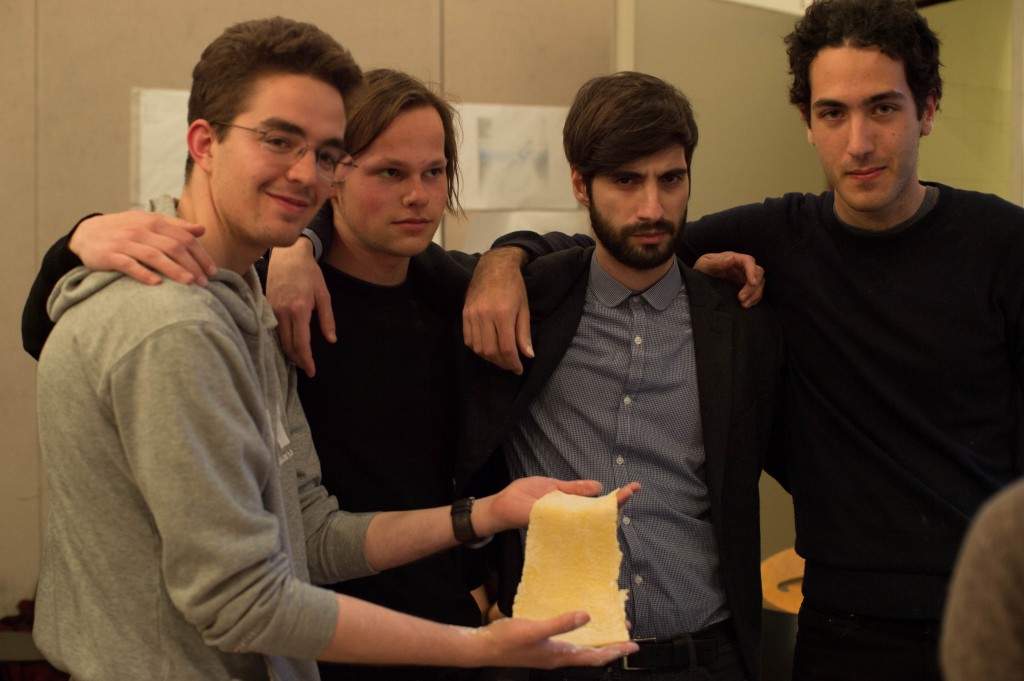
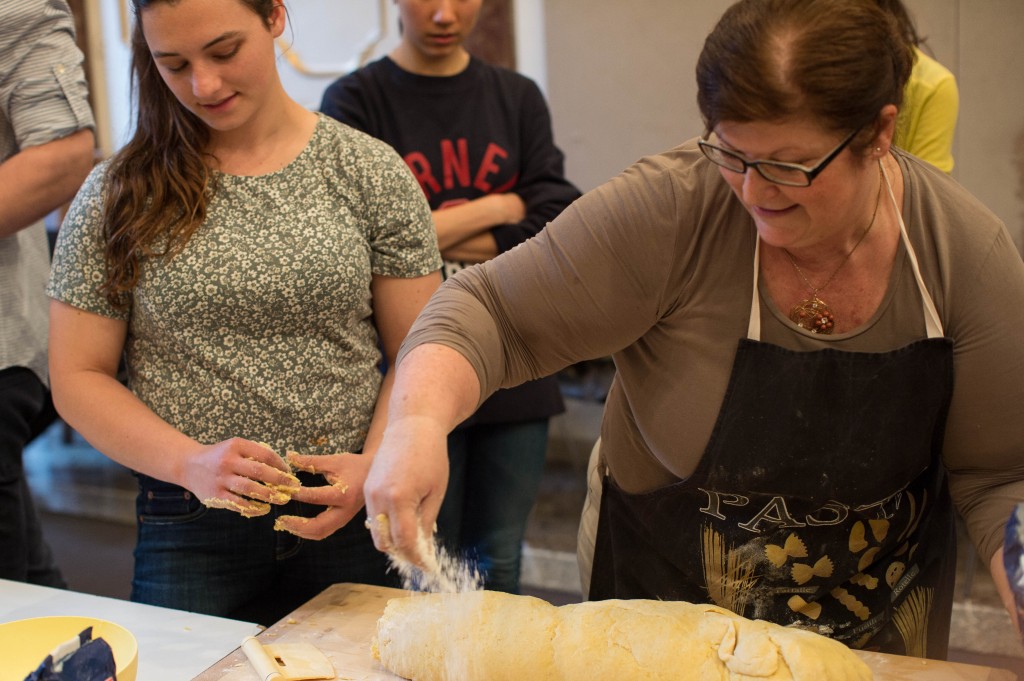
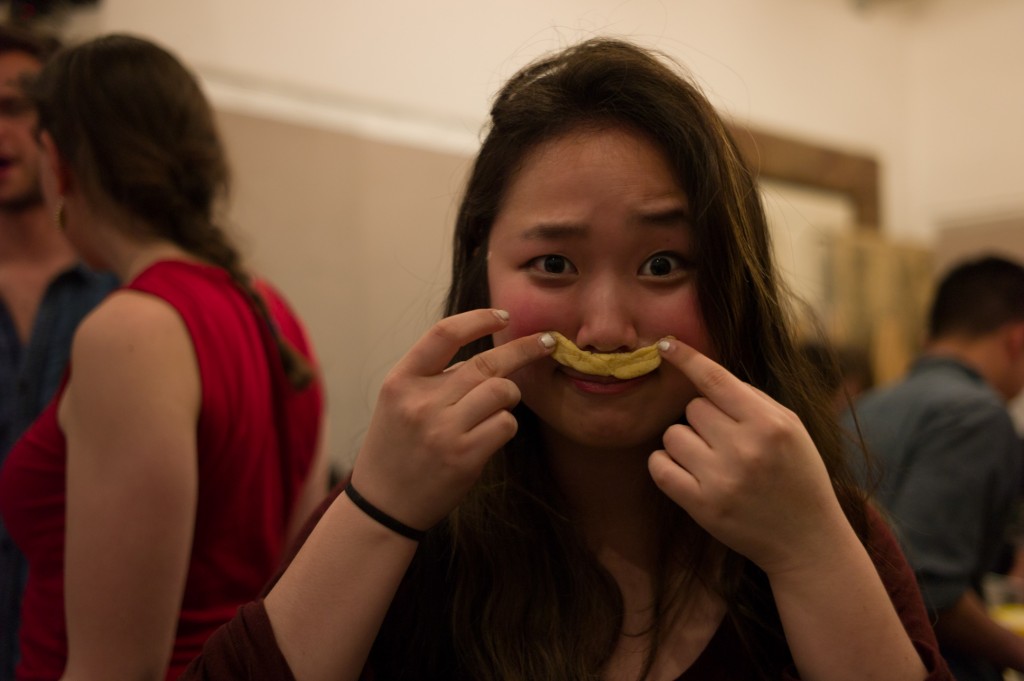
The adventure continues. On my flight’s final descent into O’Hare airport, I looked out the window. Below me was the vast blue expanse of Lake Michigan. On the horizon, an impressive collection of supertall skyscrapers greeted my return to America—and the Windy City. The lessons of Rome are now past, and a new destiny awaits.
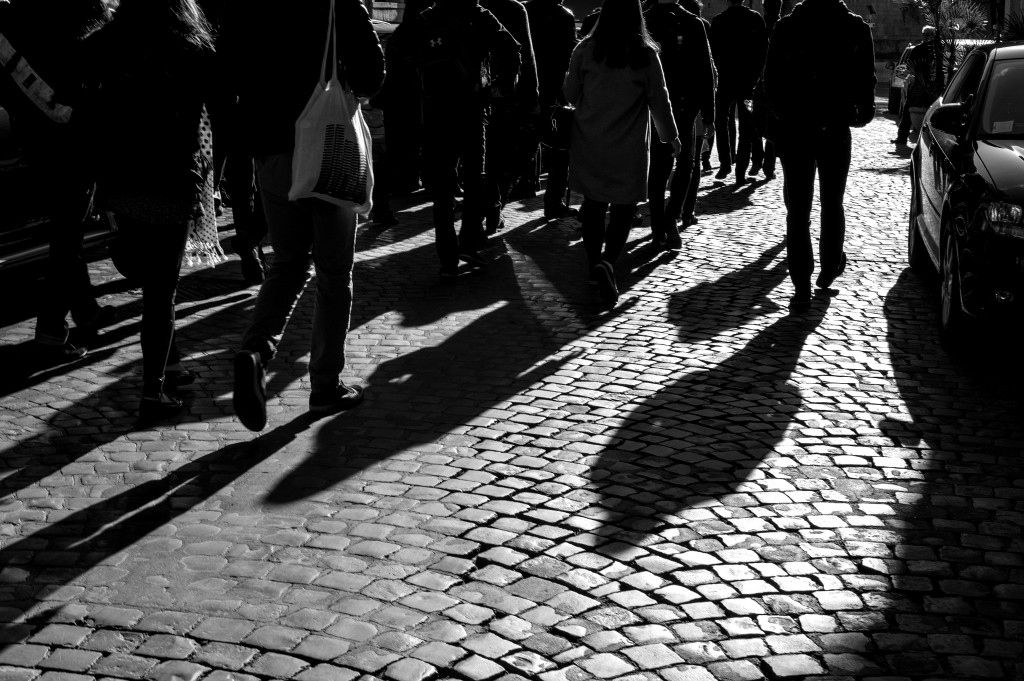

This is Umberto signing off. To Rome: So long, see you tomorrow*.
*Note: This is also the title of the latest album by English indie band Bombay Bicycle Club. Tomorrow means “in the near future.”
